Cultural Activities
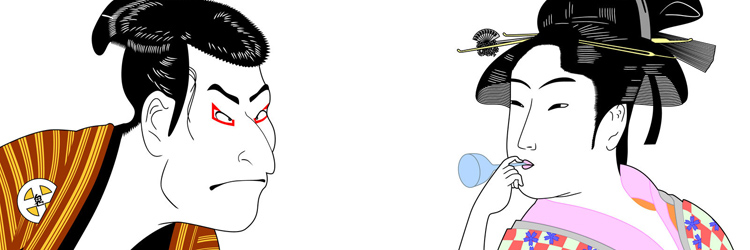
With its unique geographical advantages and long history, Kyoto has nurtured its own distinctive cultural heritage. Kyo-Clue offers you a taste of this long tradition through activities such as kimono wearing, tea ceremony called sado and traditional Japanese dancing called buyo or odori. Of course, let’s not forget our visit to a manga animation studio!
Zazen (Zen meditation)

Zazen is a form of mental or spiritual training practiced in Zen Buddhism. It is adopted from the ancient Indian practice of asceticism. When sitting Zazen, you must sit with the correct posture, control your breathing and stop the incessant activity of your mind. You will gradually enter a state of mental peace; thereby seeking to be free from all distracting thoughts. We will take you to a Buddhist temple for your Zazen experience.
Tea ceremony (Sado)
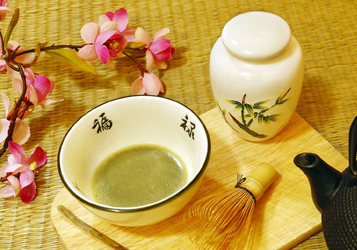
Japanese tea ceremony called “Sado” is a traditional ritual of preparing for and serving “matcha” (powdered green tea). It is not only about drinking tea, but also a spiritual experience. When performing the ceremony, you must pay attention to every movement and gesture; this is, to show your respect both to the guests and to the nature. Through this ritual of tea ceremony you try to purify and achieve a calm state of mind. This sado practice is included in Kyo-Clue.
Japanese gardens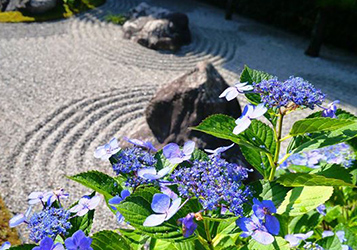
Japanese gardens are designed to include such elements as water, rocks and sand, garden bridges, trees, flowers and fish. Some of them are in Buddhist temples for meditation purposes while others are in the ImperialPalace and so on for recreational purposes. You will visit some temples that are known for these gardens.
Kimono and Yukata
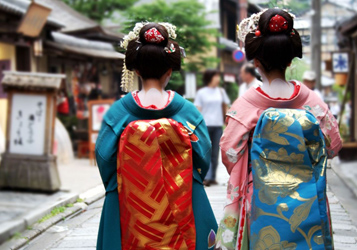
Kimono is one of the most widely recognized traditional Japanese costumes in the world. People wear different types of kimono according to the occasion. For example, it is worn as formal dress for such occasions as wedding, tea ceremony and flower arrangement. As well, walking down the streets of Gion, you may come across women wearing kimono. A light type of kimono called “yukata” is often seen at summer festivals and fireworks. You may find yourself nicely immersed in Japanese culture, strutting down the neighborhood with yukata on.
Japanese traditional dances
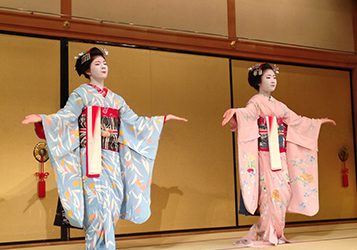
Japanese traditional dancing called “buyo” or “odori,” accompanied by samisen (a three-stringed instrument) and singing, has a history going back nearly 400 years. Because it is one that the essence of varied folklore is crystallized, you can catch a glimpse of multilayers of Japanese culture in buyo. Appreciating traditional dancing gives you the moment to taste the history of Japan from ancient to modern times.
Manga
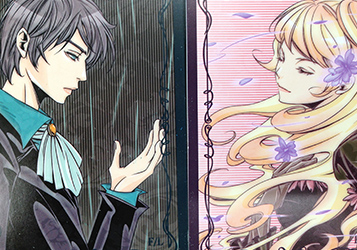
Manga, the term for comics (print media), has gained a worldwide popularity and recognition. It is safe to say that manga is one of the representatives of contemporary Japanese culture. Interestingly enough, manga readers are not only limited to children and teenagers; quite a few adults are also die-hard fans of manga. It is likely that manga takes us to a fantasyland, and gives us the power to awaken our imagination that has been almost forgotten. To further promote manga culture, there are even manga schools and a manga museum in Kyoto. A visit to such facilities is most definitely included in Kyo-Clue. By the way, “anime” which is the abbreviated pronunciation of animation, is animated film or television entertainment; most notably Hayao Miyazaki’s Prince Mononoke and Spirited Away among others.
![Kyoto Culture Experience Program [ Kyo-Clue.com ]](http://kyo-clue.com/apps/wp-content/themes/kyoclue_design/images/common/header_logo.gif)





